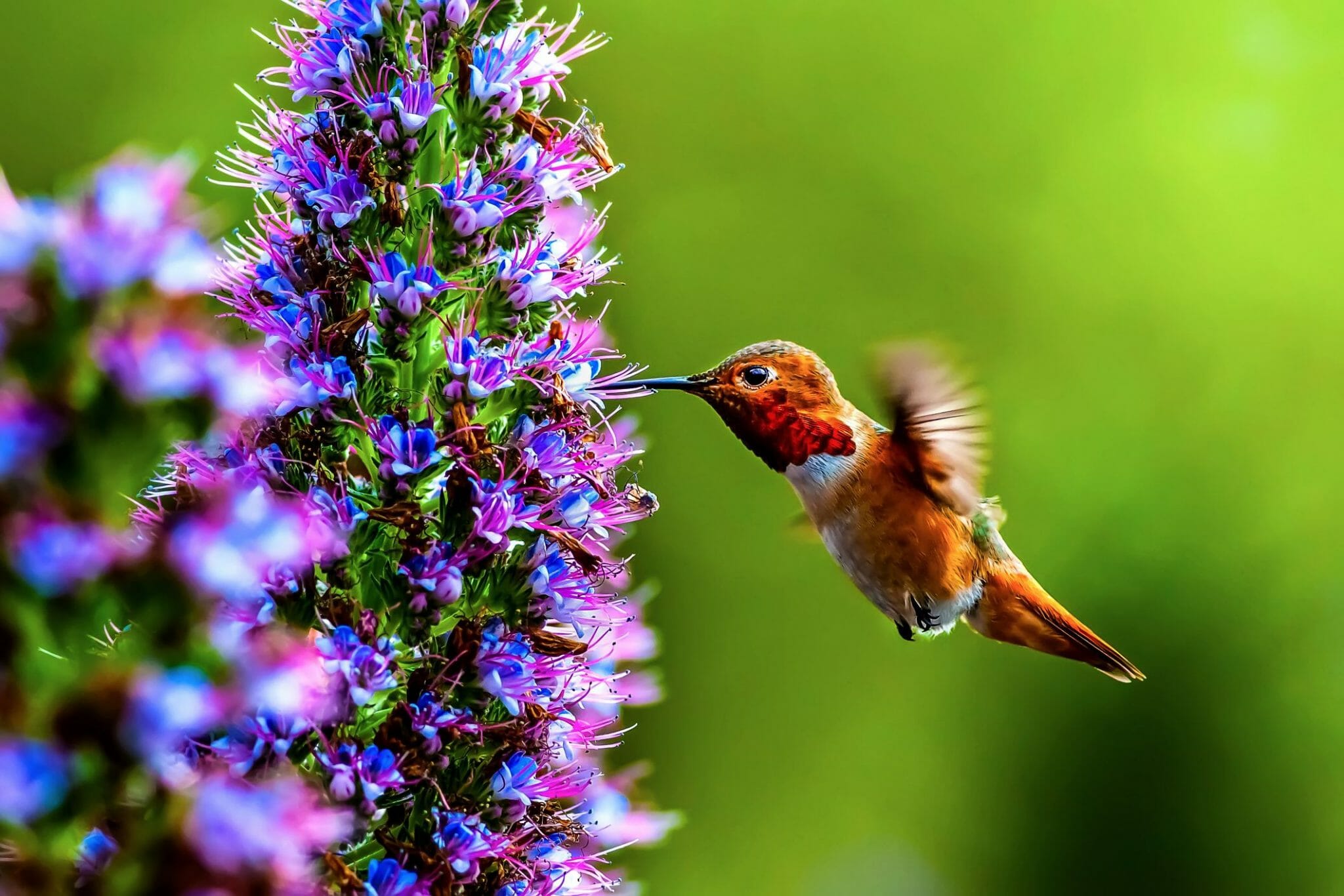How to Create the Best Plants for Butterfly & Hummingbird Gardens
:max_bytes(150000):strip_icc()/summer-phlox-w-hummingbird-big-57eae24f3df78c690ff12b7f.jpg)
Imagine stepping into a garden that's not just a feast for your eyes, but a sanctuary for some of nature's most delightful creatures—butterflies and hummingbirds. Picture vibrant wings fluttering and tiny, iridescent birds darting from flower to flower. Creating such a haven is easier than you might think. Let's dive into the world of butterfly and hummingbird-friendly plants, and learn how to design a garden that will attract these enchanting visitors.
Understanding Butterfly and Hummingbird Habits
Before we delve into the best plants for butterfly and hummingbird gardens, it's crucial to understand the habits of these creatures. Butterflies are attracted to bright colors, particularly red, orange, yellow, and purple. They also need host plants for their caterpillars to feed on. Hummingbirds, on the other hand, are drawn to tubular flowers that produce nectar, and they prefer red, orange, and pink hues.
Choosing the Best Plants for Butterfly and Hummingbird Gardens
Butterfly-Friendly Plants
Butterflies are not just attracted to flowers for nectar; they also need specific plants to lay their eggs on. Here are some of the best plants for butterfly gardens:
- Milkweed (Asclepias spp.): This is a must-have for any butterfly garden. Monarch butterflies depend on milkweed for their survival, as it's the only plant their caterpillars will eat.
- Butterfly Bush (Buddleja davidii): As the name suggests, this plant is a magnet for butterflies. Its long, cone-shaped flowers provide plenty of nectar.
- Coneflowers (Echinacea spp.): These daisy-like flowers are not only beautiful but also attract a variety of butterflies.
Hummingbird-Friendly Plants
Hummingbirds are known for their long, tube-shaped beaks, which they use to sip nectar from flowers. Here are some of the best plants for hummingbird gardens:
- Trumpet Vine (Campsis radicans): This vigorous climber produces trumpet-shaped flowers that hummingbirds love.
- Bee Balm (Monarda didyma): This plant produces showy, tubular flowers that are a favorite of hummingbirds.
- Salvia (Salvia spp.): There are many varieties of salvia, and hummingbirds are attracted to them all. The tubular flowers provide plenty of nectar.
Designing Your Pollinator Garden
Designing a garden that attracts both butterflies and hummingbirds involves more than just planting the right flowers. Here are some tips to help you create a thriving pollinator garden:
Garden Design Tips
- Group Plants Together: Planting in clusters makes it easier for pollinators to find and feed on the flowers.
- Provide a Water Source: Both butterflies and hummingbirds need water. A shallow birdbath or a small pond can provide the water they need.
- Include Native Plants: Native plants are adapted to your local climate and provide the best food sources for local pollinators.
Creating a Butterfly-Friendly Garden
- Provide Host Plants: Remember, butterflies need specific plants to lay their eggs on. Including host plants in your garden will encourage butterflies to stick around.
- Avoid Pesticides: Pesticides can be harmful to butterflies and their caterpillars. Opt for natural pest control methods instead.
Creating a Hummingbird-Friendly Garden
- Plant Tubular Flowers: Hummingbirds prefer flowers with a tubular shape, as they can easily sip nectar from them.
- Provide Perches: Hummingbirds need places to rest. Including trees, shrubs, or even a hummingbird feeder with perches can provide the rest they need.

Maintaining Your Butterfly and Hummingbird Garden
Once you've planted your garden, it's important to maintain it to keep your winged visitors happy. Here are some tips for maintaining your butterfly and hummingbird garden:
- Deadhead Flowers: Removing spent flowers encourages the plant to produce more blooms, providing more nectar for your visitors.
- Water Regularly: Make sure your plants are well-watered, especially during dry spells.
- Provide Shelter: Butterflies and hummingbirds need places to hide from predators and weather. Including trees, shrubs, and tall grasses can provide the shelter they need.
Conclusion
Creating the best plants for butterfly and hummingbird gardens is a rewarding experience. Not only will you be providing a haven for these beautiful creatures, but you'll also be contributing to the health of your local ecosystem. By choosing the right plants, designing your garden with pollinators in mind, and maintaining your garden, you can create a thriving sanctuary for butterflies and hummingbirds.
So, what are you waiting for? Get out there and start planting! Your garden is waiting to become a magical haven for butterflies and hummingbirds.
FAQs
What are the best flowers for attracting butterflies? Some of the best flowers for attracting butterflies include milkweed, butterfly bush, coneflowers, and asters.
How can I attract hummingbirds to my garden? To attract hummingbirds to your garden, plant tubular flowers like trumpet vine, bee balm, and salvia. Also, provide a water source and perches for them to rest.
Why are native plants important for pollinator gardens? Native plants are important for pollinator gardens because they are adapted to your local climate and provide the best food sources for local pollinators.
How can I maintain my butterfly and hummingbird garden? To maintain your butterfly and hummingbird garden, deadhead flowers, water regularly, and provide shelter for your winged visitors.
What should I avoid when creating a pollinator garden? When creating a pollinator garden, avoid using pesticides, as they can be harmful to butterflies, hummingbirds, and other pollinators.

0 Response to "How to Create the Best Plants for Butterfly & Hummingbird Gardens"
Post a Comment